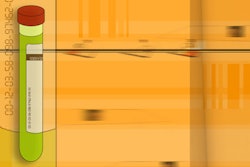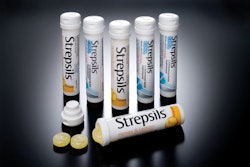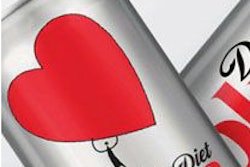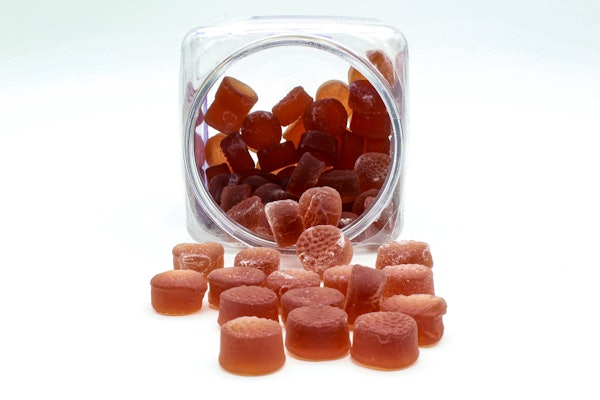Healthcare Packaging talks with “sister” publication Shelf Impact!'s Editor Jim George for suggestions aimed at helping pharmaceutical and medical device manufacturers help build their brand and boost your sales.
Healthcare Packaging (HCP): In the pharmaceutical and medical device sectors, package design had long been dominated by the need to meet regulatory requirements. Although those requirements still exist, savvy companies realize packaging can help do more than convey usage instructions, dosage details, warnings, etc. What opportunities do you see for manufacturers to use package design to increase brand recognition and sales?
Jim George (JG): So many pharmaceutical products have moved from behind the pharmacy counter and out into the store aisles. It's no longer a case where your doctor gives you a prescription and you get it filled at the pharmacy. Now, many of these medicines are OTC products, and the aisles are being flooded with brands. Today, the consumer has to make the product selection, and they're often confused by so many choices.
Packaging gives pharmaceutical manufacturers a golden opportunity to first create visibility for their products, and then to help them navigate their product segment, and finally the brand's own range of products. Help them understand why your product is the right choice for them. Make the price-value relationship of your product painfully obvious. If you don't, shoppers, as they do in so many other product categories, often will either default to lowest price or purchase the wrong product. If they have a bad initial purchase experience with your brand, they'll remember that on future store visits. It could taint their perception of your entire product line.
HCP: What ways could manufacturers employ structure and shape to enhance package functionality in the pharmaceutical/medical device areas?
JG: I would look at color first and then structure, which are at the top of consumers' visual hierarchy when they look at packaging. Color and shape should work holistically to tell consumers what their brand stands for. Color draws the consumer's attention, and shape lures them into the story of the brand. Go over to the hot sauce aisle, and conduct an Internet search for some wonderful examples of how this works. Both package colors and the package shape, packaging forms such as rocket ships, intuitively convey the notion of “knock-your-socks-off” hot. What are the attributes of your brand, and how can you convey those through the packaging?
HCP: What package design insights can you provide for companies looking to make the switch from Rx to OTC?
JG: Know your consumer. A favorite trick of the best brand managers and designers is to have consumers select words and pick out photos or illustrations that express how they view a company's brand. This technique is very enlightening because it begins to get the creative juices flowing for package design. Look for consumers' unarticulated needs and compensating behaviors; these are great clues to better packaging that can give your product an edge. Cheese packages are a great example. A focus group may not tell you that your bag is difficult to open, but watch how many people open some of them with their teeth or with scissors. The advent of the slider package was a great advance for that category. Even though consumers didn't specifically articulate that need during focus group interviews.
HCP: What trends have you seen recently regarding package design when it comes to nutraceutical products?
JG: Private label is beginning to understand the value of packaging in these areas. Retailer brands are a force to watch, for the reasons mentioned above.
HCP: What advice can you offer medical device manufacturers to improve brand recognition and sales?
JG: Sample packs represent an underleveraged branding opportunity. Consumers understand and expect small sizes, but what about co-branding or cross-branding opportunities that provide extra value? Couponing comes to mind. A physician's sample pack could include a foldout label sending a patient into the store in a destination visit that exposures him or her to the full range of a company's product lineup. Maybe there's a reciprocal opportunity, buy the product and get a discount on your next office visit or your next prescription from the physician. For a lot of consumers, who have no or limited medical coverage, there's real value in that, and packaging can deliver it.
--For more strategies for successful package design and marketing, visit www.shelfimpact.com



















